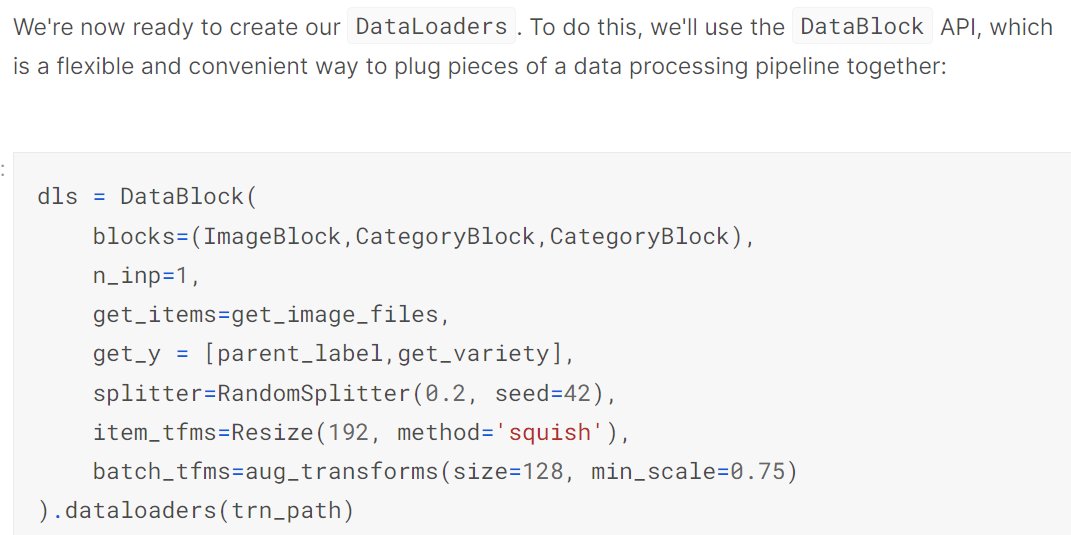
After 2 years, Practical Deep Learning for Coders v5 is finally ready! 🎊
This is a from-scratch rewrite of our most popular course. It has a focus on interactive explorations, & covers @PyTorch, @huggingface, DeBERTa, ConvNeXt, @Gradio & other goodies 🧵
course.fast.ai
This is a from-scratch rewrite of our most popular course. It has a focus on interactive explorations, & covers @PyTorch, @huggingface, DeBERTa, ConvNeXt, @Gradio & other goodies 🧵
course.fast.ai
For details on what's in this new course, check out the launch post:
fast.ai/2022/07/21/dl-…
fast.ai/2022/07/21/dl-…
There are 9 lessons, and each lesson is around 90 minutes long. It's based on our 5⭐rated book, which is freely available online. Special hardware/software isn't needed—we show how to use free resources for everything.
amazon.com/Deep-Learning-…
amazon.com/Deep-Learning-…
University math isn’t needed either — the necessary calculus and linear algebra is introduced as needed during the course.
course.fast.ai/Lessons/lesson…
course.fast.ai/Lessons/lesson…
Since first using neural nets >25 years ago, I've led many companies and projects that have ML at their core, including first company to focus on DL and medicine, and the first company to develop a fully optimised pricing algorithm for insurance
Many students have told us about how they’ve been gold medallists in ML competitions, got offers from top companies, and had research papers published.
Alum have gone on to jobs at organizations like Google Brain, OpenAI, Adobe, Amazon, and Tesla
course.fast.ai/Resources/test…
Alum have gone on to jobs at organizations like Google Brain, OpenAI, Adobe, Amazon, and Tesla
course.fast.ai/Resources/test…
If you're ready to start your deep learning journey, we're ready to support you!
course.fast.ai
course.fast.ai
Big thanks to @quarto_pub, which I used to create the course website (along with #nbdev)
If you'd like to learn more about the philosophy of @fastdotai and the results of our work, check out this conversation with @derrickharris on @future (part of @a16z)
future.com/the-rise-of-do…
future.com/the-rise-of-do…
Also, a big hat-tip to @OpenAI for making DALL-E available, so that I could ensure there's an adorable bunny or teddy illustration for every lesson! My favorite is the "data ethics" illustration...
course.fast.ai/Lessons/lesson…
course.fast.ai/Lessons/lesson…

Nearly all the materials for this course can be run directly on @kaggle GPUs, which means you can run them in the cloud for free, with nothing to install!
• • •
Missing some Tweet in this thread? You can try to
force a refresh














